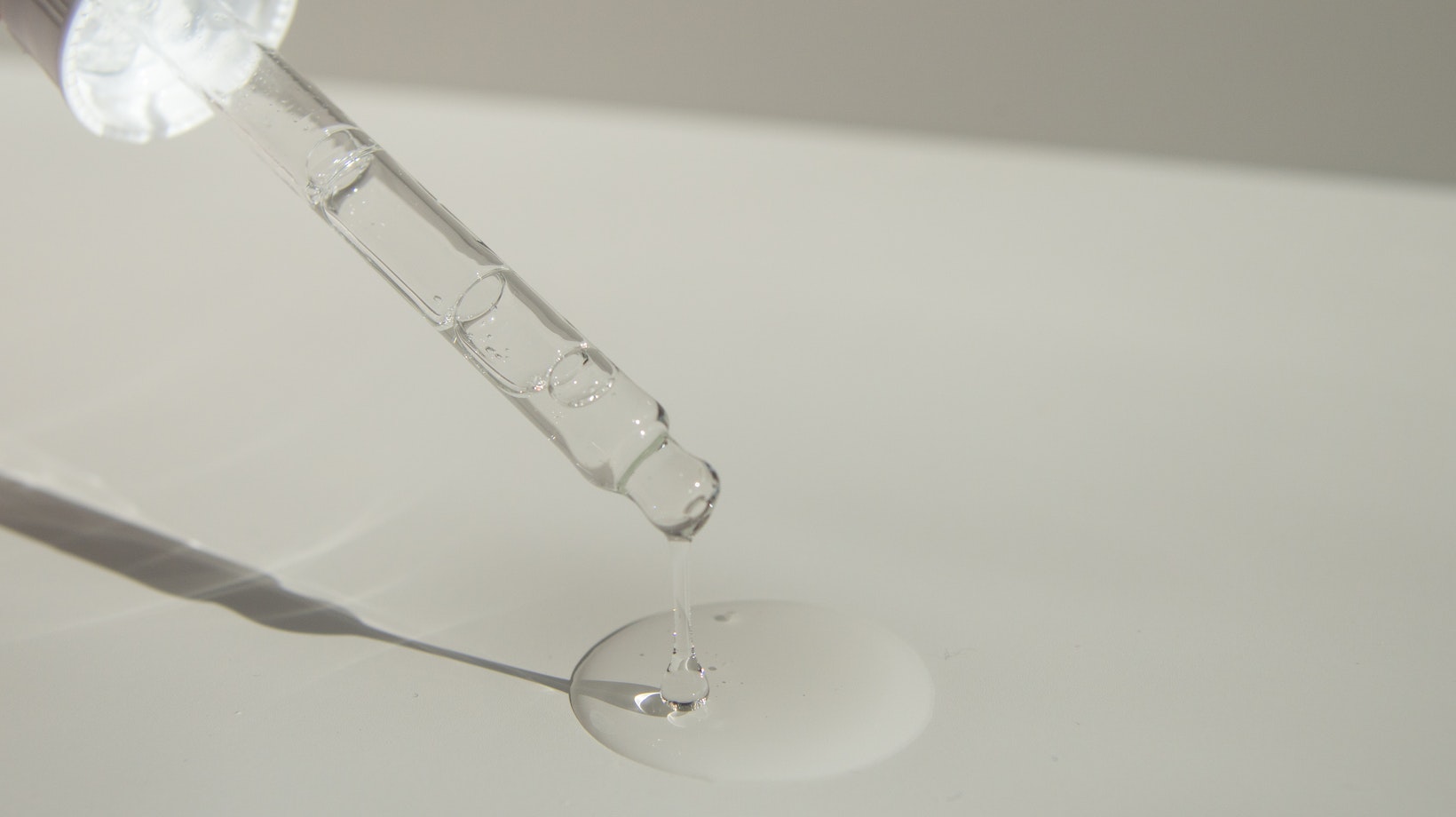Which of the Following May Help to Prevent Spillage?
Spills can be a major headache, whether it’s a small mishap in the kitchen or a larger incident in an industrial setting. Not only do spills create a mess, but they can also lead to accidents, environmental damage, and costly clean-up efforts. That’s why it’s crucial to take proactive measures to prevent spillage in the first place. In this article, I’ll share some practical tips and strategies to help you minimize the risk of spills and keep your surroundings clean and safe.
When it comes to spill prevention, preparation is key. By identifying potential sources of spills and implementing preventive measures, you can significantly reduce the likelihood of accidents and their associated consequences. From properly storing hazardous substances to implementing effective containment systems, I’ll provide you with actionable steps to mitigate spill risks. By taking these precautions, you’ll not only protect your property and the environment but also ensure the well-being of yourself and those around you.
In addition to the immediate impact of spills, they can also have long-term consequences for the environment. Chemicals and pollutants released during a spill can contaminate soil, water sources, and wildlife habitats, leading to lasting damage. By adopting spill prevention strategies, you can play a vital role in safeguarding our natural resources and preserving the delicate balance of ecosystems. In this article, I’ll delve into the importance of spill prevention from an environmental perspective and offer practical tips to help you minimize your ecological footprint.

Why is Spillage a Problem?
Environmental Impact
Spillage poses a significant threat to the environment, causing various detrimental effects. When hazardous substances are spilled, they can contaminate soil, water sources, and wildlife habitats. This contamination can persist for long periods, leading to the destruction of ecosystems and the loss of biodiversity. Spills can also leach into groundwater, further polluting drinking water supplies and endangering human health. Furthermore, the release of chemicals into the air during a spill can contribute to air pollution, exacerbating existing environmental issues.
Health and Safety Concerns
Spillage not only puts the environment at risk but also poses serious health and safety concerns for individuals. Exposure to hazardous substances can have immediate and long-term health effects, depending on the nature of the spilled material. Inhalation of toxic fumes or contact with corrosive substances can lead to respiratory problems, skin irritation, burns, and even more severe health conditions. Additionally, spills can create slip and fall hazards, increasing the risk of injuries in the workplace or public areas.
Without proper spill prevention measures in place, the consequences can be devastating. It is crucial to understand the potential environmental impact and health risks associated with spills to effectively address the problem. By taking proactive steps to prevent spillage, we can minimize these risks and protect both the environment and our well-being.
Understanding the Causes of Spillage
It is crucial to understand the causes of spillage in order to effectively prevent them. By implementing proactive measures and strategies, individuals and organizations can minimize the risk of accidents, environmental damage, and costly clean-up efforts. Properly storing hazardous substances and implementing effective containment systems are key preventive measures that can significantly reduce the likelihood of spills.
Spills not only pose immediate risks but can also have long-term consequences for the environment. They can contaminate soil, water sources, and wildlife habitats, leading to irreparable damage. By adopting spill prevention strategies, we can play a vital role in safeguarding natural resources, preserving ecosystems, and protecting human health and safety.
By taking the necessary precautions and being aware of potential sources of spills, we can contribute to a cleaner and safer environment. Preventing spills is not only a responsibility, but it is also an investment in the well-being of our communities and future generations. Together, we can make a significant impact in preventing spills and ensuring a sustainable and thriving planet for all.














